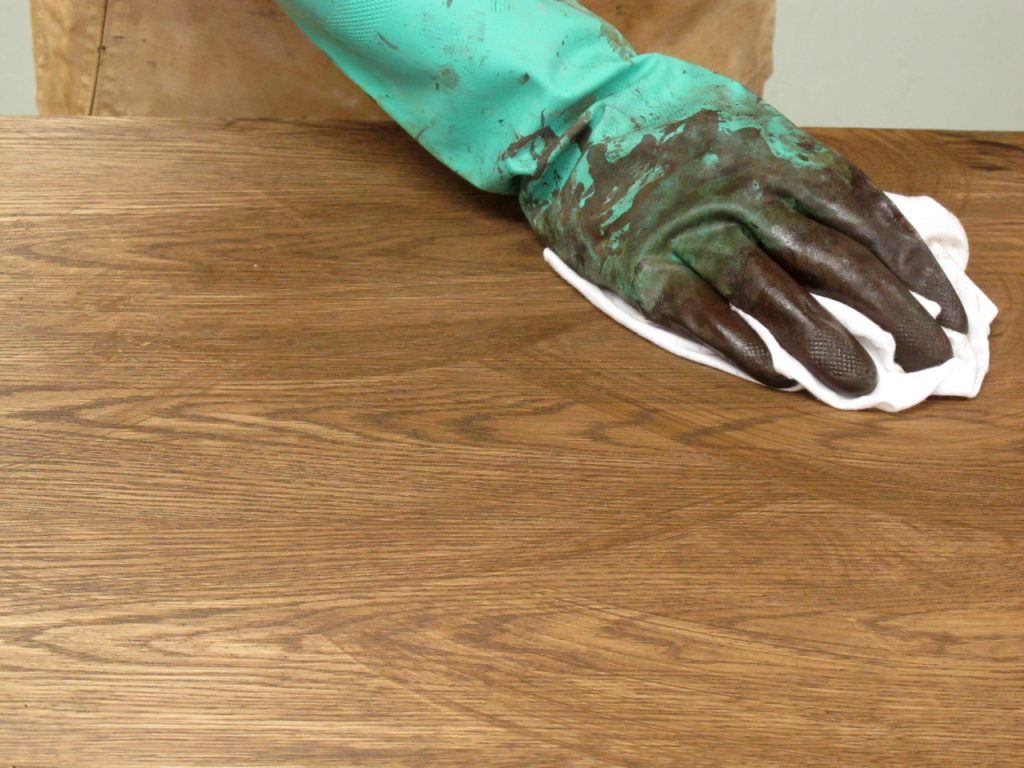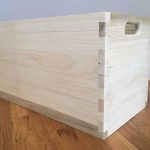We may receive a commission when you use our affiliate links. However, this does not impact our recommendations.

This image shows a water-based stain that has dried so fast I don’t have time to get all the excess wiped off. So streaks are left.
I’ve run into this problem often enough that I thought it worth discussion: People apply a stain and don’t have enough time to get the excess wiped off before the stain dries. The results are streaks that are difficult to remove.
It used to be that all stains carried by home centers and paint stores were oil stains – that is, stains that thin and clean up with mineral spirits. They were usually labeled “petroleum distillate” on the can, but sometimes (I’m talking about you, Minwax and General Finishes) they were labeled aliphatic hydrocarbons, I suspect to make you think the stain was special.
But in the last few decades, water-based stains and gel stains have become available in these stores and have caused problems with some people because they dry much faster. (I need to add that “lacquer” stains, thinned with acetone, are also often available in paint stores that cater to professionals; these stains also dry fast.)
Oil stains are easy to apply because you have plenty of time to wipe excess stain off – even on large objects. True, you should give oil stains six hours or longer in a warm room to dry before applying a finish, but it’s hard to screw up the application.
Gel stains, and especially water-based stains, dry rapidly and there’s no way to slow them down without thinning them, which lightens the color and destroys the gel benefit of reduced blotching.
If you are staining an object large enough that you won’t have time to get the excess wiped off without leaving streaks, seek a second person to help. One of you can apply the stain, and the other wipe off the excess to get an even color. Practice on scrap wood to get a feel for the timing.
– Bob Flexner
Here are some supplies and tools we find essential in our everyday work around the shop. We may receive a commission from sales referred by our links; however, we have carefully selected these products for their usefulness and quality.









